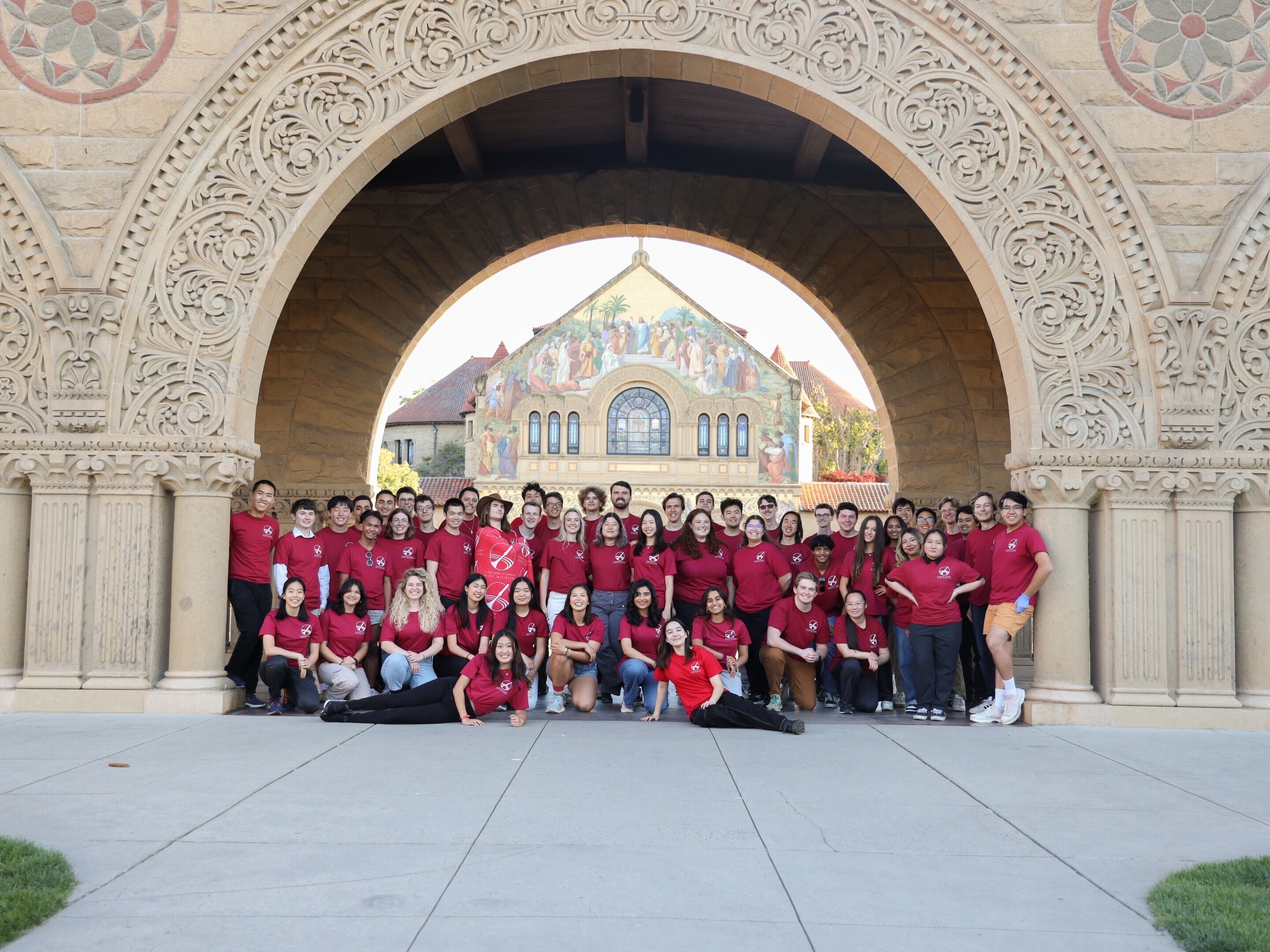Weekends are a great time for Stanford students to relax, hang out with friends and — for members of the Stanford Student Space Initiative (SSI) — break world records.
SSI, a student-run organization, has broken five world records in high-altitude ballooning with the endurance of its latex balloon, ValBal. Founded in 2013, the organization gives students hands-on experience in advancing space development. SSI currently has 300 members split into six project teams: Rockets, Satellites, Balloons, Mars, Biology and Policy, as well as an Operations sub-team.
The organization has also launched several satellites into orbit, sent a delegation to lobby the United Nations for Outer Space Affairs about space proposals and won two international awards at rocketry challenges.
Aside from projects, SSI has also taught an accredited Stanford class, AA 47SI: “Why Go to Space.” Teams work out of an old particle accelerator lab called End Station III on campus, stocked with 3D printers, soldering tools, microscopes and other equipment.
“I think there’s also a really good mix of students who kind of just want to tinker,” said Michelle Park ’26, SSI’s co-president.
SSI runs a program, Shark Tank, where students can pitch a project, which is reviewed by the co-presidents and financial officers.
The Mars team is currently working on one of those moonshot pitches, called Europa. Named after one of Jupiter’s moons, the team is building a submarine that will be able to traverse the saltwater ocean under the moon’s icy surface. According to NASA, Europa is one of the most potential environments in the solar system where life could exist beyond Earth.
Some SSI projects can be more casual, Park said, noting that “there’s also students who just like to have fun.” One student, she said, built a rocket that resembled Hoover Tower.
The growing interest and focus of the students led to Stanford offering an undergraduate major in aeronautics and astronautics starting in 2017, said Juan Alonso, an aeronautics and astronautics professor.
Satellites co-lead Sage Cadence Wu ’27 said students with education backgrounds that aren’t space-related are “really active contributors. One of them is pre-med and the head of Avionics.”
While SSI’s projects may seem highly technical and advanced, many of its members came into the club without experience, including co-president Ashley Raigosa ’26.
“When I joined, I didn’t even know anything about space, didn’t know CubeSats, didn’t know what anyone was talking about,” Raigosa said. She went on to become a Satellite co-lead before being elected co-president.
Onboarding projects help introduce newer members through beginner-friendly tasks that allow them to learn the ropes and figure out what they want to work on at SSI. For example, the Rockets team starts off with projects that don’t require an understanding of physics or propulsion.
“Because of these projects that are meant for intro-level people, SSI can really grab a larger audience,” Raigosa said. “I think that’s been my favorite part.”
Wu said the organization also benefits from a strong mentorship program led by the upperclassmen and master’s students in the program, who are “all really patient and willing to share not only technical knowledge with you but their experience through Stanford.”
Balloons co-lead Amber Leung ’27 said that though SSI’s teams meet at different times, all members have social events, whole-weekend retreats and in the beginning of the year, a fun introduction presentation with the teams.
”I’ve made a lot of friends from SSI, and it’s great,” Wu said. “We just hang out, talk, play music, do our little engineering things.”
Wu said her team, co-led by Niklas Vainio ’26 and Hunter Liu ’24, has confirmed their launch on SpaceX’s Falcon 9 transporter mission for October 2025, when they will send their satellite into orbit.
Raigosa said the space industry is complex, especially with jargon and acronyms, so “the really important part is to make sure that you’re always clarifying things. So it’s never harmful to ask too many questions. Don’t hold yourself back.”
